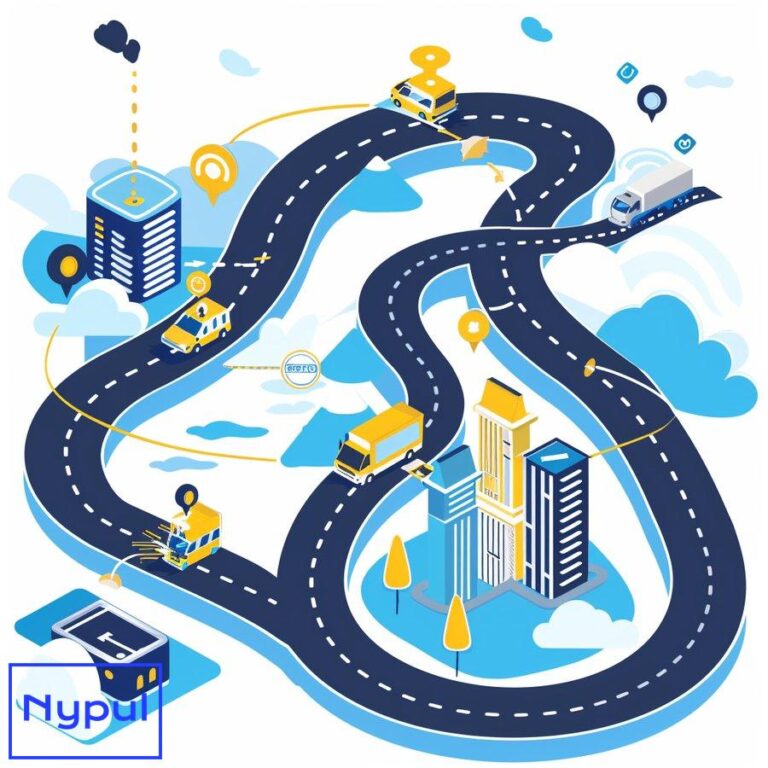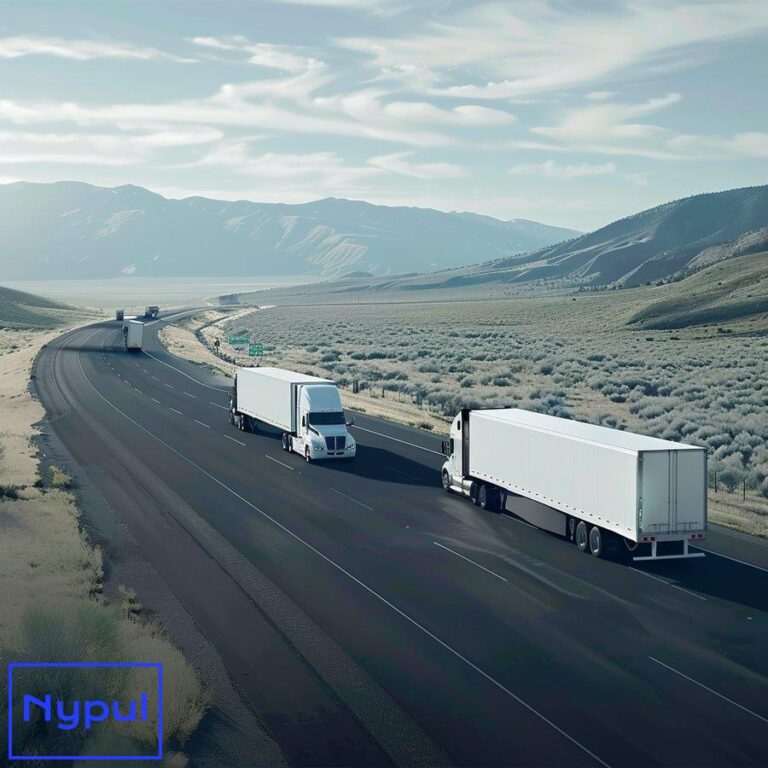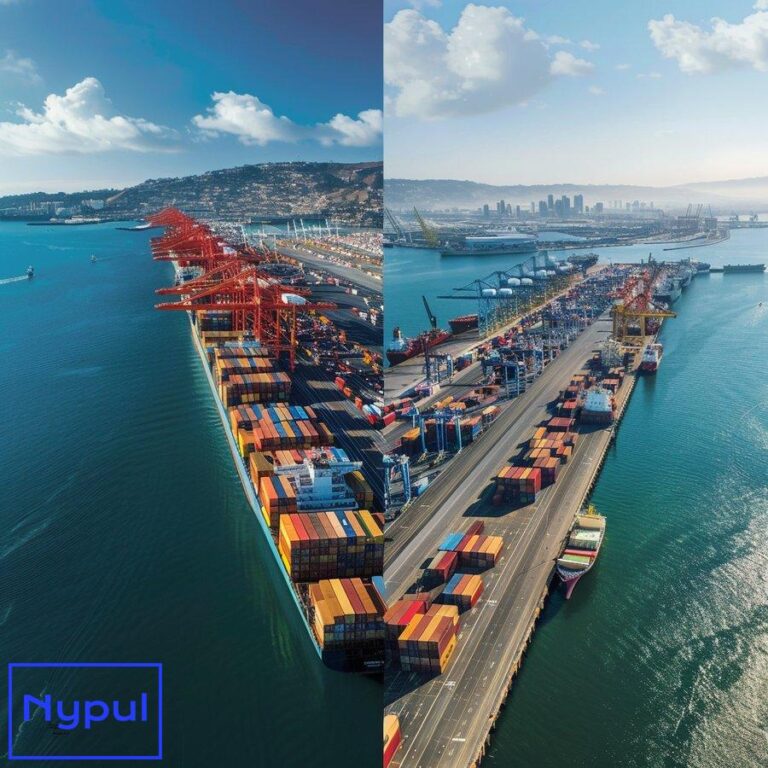What Are Companies Doing to Ensure Supply Chain Resilience
Why is supply chain resilience crucial in today’s business landscape?
Supply chain resilience has become a critical factor for businesses in navigating the complex and rapidly changing global marketplace. In an era marked by disruptions ranging from trade wars and geopolitical tensions to natural disasters and pandemics, companies that prioritize resilience are better equipped to withstand shocks, adapt to new circumstances, and maintain a competitive edge.
One of the primary reasons supply chain resilience is so crucial is the interconnectedness of modern supply chains. A disruption in one part of the world can have ripple effects across multiple industries and continents, as seen during the COVID-19 pandemic when factory closures and border restrictions led to shortages of essential goods and materials. By building resilience into their supply chains, companies can minimize the impact of such disruptions and ensure the continuous flow of goods and services to their customers.
Moreover, resilient supply chains enable businesses to respond more effectively to changing customer demands and preferences. In a world where consumer behavior can shift rapidly due to technological advancements, social trends, or unexpected events, companies that can quickly adapt their supply chains are better positioned to capitalize on new opportunities and maintain customer loyalty.
Resilience also contributes to cost savings and operational efficiency. When supply chains are optimized for resilience, companies can reduce the costs associated with disruptions, such as expedited shipping, production delays, and lost sales. By investing in resilience measures like diversified supplier networks, advanced technologies, and risk management strategies, businesses can ultimately enhance their profitability and long-term sustainability.
How are companies diversifying their supplier networks?
One of the key strategies companies are employing to build supply chain resilience is supplier network diversification. By expanding their supplier base and reducing reliance on a single or limited number of suppliers, businesses can mitigate the risks associated with supplier disruptions and ensure a more reliable flow of materials and components.
Geographical Diversification
A common approach to supplier network diversification is geographical diversification, which involves sourcing from suppliers located in different regions or countries. This strategy helps companies reduce their exposure to localized risks, such as natural disasters, political instability, or trade barriers. By having suppliers in multiple locations, businesses can more easily shift production or procurement to alternative sources when one region experiences a disruption.
Supplier Qualification and Auditing
To effectively diversify their supplier networks, companies are investing in robust supplier qualification and auditing processes. This involves thoroughly vetting potential suppliers based on criteria such as financial stability, production capacity, quality control, and sustainability practices. Regular audits and performance evaluations help ensure that suppliers continue to meet the company’s standards and requirements, even as circumstances change.
Collaborative Relationships
Building collaborative relationships with suppliers is another key aspect of diversification. By fostering open communication, sharing information, and aligning goals and objectives, companies can create a more resilient and adaptable supply chain. This collaboration enables suppliers to better understand the company’s needs and priorities, and to work together to develop contingency plans and alternative sourcing strategies.
Supplier Monitoring and Early Warning Systems
To stay ahead of potential disruptions, companies are implementing supplier monitoring and early warning systems. These systems use data analytics, artificial intelligence, and other technologies to track supplier performance, identify potential risks, and provide real-time alerts. By proactively monitoring their supplier networks, businesses can take preventive measures to mitigate risks and maintain supply chain continuity.
What digital technologies are enhancing supply chain resilience?
The adoption of digital technologies is playing a crucial role in enhancing supply chain resilience. By leveraging the power of data, automation, and connectivity, companies can gain greater visibility, agility, and responsiveness in their supply chain operations.
Internet of Things (IoT) and Sensor Technology
IoT devices and sensor technology are enabling real-time monitoring and tracking of goods throughout the supply chain. By embedding sensors in products, packaging, and transportation assets, companies can collect data on factors such as location, temperature, humidity, and shock. This data can be used to optimize routing, detect potential issues, and ensure the integrity of sensitive goods.
Blockchain Technology
Blockchain technology is providing a secure and transparent platform for sharing information and executing transactions across the supply chain. By creating a decentralized, tamper-evident record of events, blockchain helps build trust and accountability among supply chain partners. It also enables the traceability of goods, which is crucial for ensuring product authenticity, compliance, and sustainability.
Advanced Analytics and Artificial Intelligence
Advanced analytics and artificial intelligence are enabling companies to gain deeper insights into their supply chain performance and make more informed decisions. By analyzing large volumes of data from various sources, such as sales forecasts, supplier performance metrics, and market trends, AI-powered systems can identify patterns, predict disruptions, and optimize supply chain processes.
Cloud Computing and Collaboration Platforms
Cloud computing and collaboration platforms are facilitating real-time communication and data sharing among supply chain partners. By providing a centralized, cloud-based system for managing orders, inventory, and logistics, these technologies enable companies to coordinate their activities more efficiently and respond more quickly to changes in demand or supply.
Robotic Process Automation (RPA)
Robotic Process Automation (RPA) is automating repetitive, high-volume tasks in the supply chain, such as data entry, invoice processing, and order fulfillment. By freeing up human resources from these mundane tasks, RPA enables companies to improve efficiency, reduce errors, and redirect their workforce towards more strategic initiatives.
How are businesses optimizing inventory management for resilience?
Effective inventory management is crucial for building supply chain resilience. By optimizing their inventory levels and strategies, companies can minimize the risks associated with stock-outs, excess inventory, and obsolescence, while ensuring that they have the right products available to meet customer demand.
Demand Forecasting and Planning
Accurate demand forecasting and planning are essential for optimizing inventory management. Companies are leveraging advanced analytics and machine learning algorithms to analyze historical sales data, market trends, and external factors to predict future demand more accurately. By aligning their inventory levels with projected demand, businesses can reduce the risk of over-stocking or under-stocking.
Multi-Echelon Inventory Optimization
Multi-echelon inventory optimization (MEIO) is a strategy that considers the entire supply chain network when making inventory decisions. By taking into account the inventory levels at different stages, such as raw materials, work-in-progress, and finished goods, MEIO helps companies minimize overall inventory costs while ensuring that products are available when and where they are needed.
Postponement and Modular Design
Postponement and modular design strategies are enabling companies to delay product differentiation and customize products closer to the point of consumption. By manufacturing products in a generic form and adding customized features or components later in the supply chain, companies can reduce the risk of obsolescence and respond more quickly to changing customer preferences.
Vendor-Managed Inventory (VMI)
Vendor-Managed Inventory (VMI) is a collaborative approach to inventory management where suppliers are responsible for maintaining the appropriate inventory levels at the customer’s location. By sharing demand data and replenishment decisions with suppliers, VMI helps reduce the risk of stock-outs and minimize the costs associated with excess inventory.
Agile and Responsive Supply Chains
Agile and responsive supply chains are enabling companies to adapt quickly to changes in demand and supply. By implementing strategies such as flexible manufacturing, postponement, and rapid replenishment, businesses can reduce lead times, increase fill rates, and improve customer service levels.
What strategies are companies using to improve supply chain visibility?

Improving supply chain visibility is a critical component of building resilience. By gaining greater transparency into their supply chain operations, companies can identify potential risks, optimize processes, and respond more effectively to disruptions.
End-to-End Visibility
Companies are striving to achieve end-to-end visibility across their supply chains, from raw material sourcing to final delivery. This involves integrating data from various sources, such as enterprise resource planning (ERP) systems, transportation management systems (TMS), and warehouse management systems (WMS), to create a comprehensive view of supply chain activities.
Supplier Collaboration and Information Sharing
Supplier collaboration and information sharing are essential for improving supply chain visibility. By fostering open communication and data exchange with suppliers, companies can gain better insights into supplier performance, inventory levels, and potential risks. This collaboration helps build trust and enables more proactive risk management.
Visibility Platforms and Dashboards
Visibility platforms and dashboards are providing companies with a centralized view of their supply chain performance. These tools aggregate data from multiple sources and present it in a user-friendly format, allowing managers to monitor key performance indicators (KPIs), identify trends, and make data-driven decisions.
Traceability and Product Serialization
Traceability and product serialization are enabling companies to track the movement and status of individual products throughout the supply chain. By assigning unique identifiers to products and capturing data at each stage of the supply chain, businesses can improve product recall management, ensure regulatory compliance, and enhance customer trust.
Predictive Analytics and Early Warning Systems
Predictive analytics and early warning systems are helping companies anticipate and respond to potential disruptions before they occur. By analyzing data from various sources, such as weather forecasts, social media, and news reports, these systems can identify patterns and provide advance notice of potential risks. This enables companies to take proactive measures to mitigate the impact of disruptions and maintain supply chain continuity.
How are organizations strengthening their risk assessment and management?
Effective risk assessment and management are essential for building resilient supply chains. Companies are employing a range of strategies to identify, assess, and mitigate potential risks, ensuring that they can respond quickly and effectively to disruptions.

Risk Identification and Assessment
The first step in strengthening risk assessment and management is to identify and assess potential risks. Companies are using techniques such as risk mapping, scenario planning, and stress testing to identify potential sources of disruption, evaluate their likelihood and impact, and prioritize mitigation efforts.
Mitigation Strategies
Once risks have been identified and assessed, companies are implementing mitigation strategies to reduce their exposure and impact. These strategies may include diversifying supplier networks, maintaining safety stock, implementing backup plans, and investing in risk transfer mechanisms such as insurance.
Contingency Planning and Crisis Management
Effective contingency planning and crisis management are critical for ensuring that companies can respond quickly and effectively to disruptions. Companies are developing detailed contingency plans that outline roles, responsibilities, and actions to be taken in the event of a disruption. These plans are regularly tested and updated to ensure their effectiveness.
Collaboration and Information Sharing
Collaboration and information sharing with supply chain partners are essential for effective risk assessment and management. By sharing information about potential risks, best practices, and lessons learned, companies can build a more resilient and adaptable supply chain.
Continuous Improvement and Learning
Continuous improvement and learning are key to strengthening risk assessment and management over time. Companies are implementing processes for regularly reviewing and updating their risk management strategies, incorporating feedback from supply chain partners, and learning from past disruptions.
What role does workforce development play in building resilient supply chains?
Workforce development is a critical component of building resilient supply chains. By investing in the skills, knowledge, and well-being of their employees, companies can create a more agile, adaptable, and engaged workforce that is better equipped to navigate the challenges of today’s business landscape.
Training and Development
Training and development programs are essential for ensuring that employees have the skills and knowledge needed to support resilient supply chain operations. Companies are investing in training on topics such as risk management, data analytics, and digital technologies, enabling employees to adapt to changing requirements and contribute to continuous improvement efforts.

Upskilling and Reskilling
Upskilling and reskilling initiatives are helping employees develop new competencies and adapt to changing job requirements. By providing opportunities for employees to learn new skills and take on new responsibilities, companies can create a more versatile and resilient workforce that is better equipped to support the organization’s evolving needs.
Knowledge Management and Knowledge Transfer
Effective knowledge management and knowledge transfer are essential for ensuring that critical information and expertise are retained and shared across the organization. Companies are implementing processes for capturing and sharing best practices, lessons learned, and institutional knowledge, enabling employees to learn from past experiences and apply that knowledge to future challenges.
Employee Engagement and Well-being
Employee engagement and well-being are critical for maintaining a resilient workforce. Companies are investing in initiatives that support employee mental health, work-life balance, and job satisfaction, recognizing that a healthy and engaged workforce is essential for maintaining productivity, innovation, and resilience in the face of disruption.
Collaboration and Cross-Functional Teams
Collaboration and cross-functional teams are enabling employees to work together more effectively to support resilient supply chain operations. By breaking down silos and fostering a culture of collaboration, companies can create a more agile and responsive workforce that is better equipped to adapt to changing circumstances and solve complex problems.
Case Studies: Resilience in Action
To illustrate the strategies and best practices discussed in this article, let’s examine a few real-world examples of companies that have successfully built resilient supply chains.
Resilience in the Face of Disruption: Pfizer’s COVID-19 Vaccine Supply Chain
During the COVID-19 pandemic, Pfizer faced immense challenges in scaling up production and distribution of its COVID-19 vaccine. The company responded by implementing a multi-pronged strategy that included diversifying its supplier network, investing in digital technologies, and collaborating closely with governments and other stakeholders. As a result, Pfizer was able to deliver more than 1 billion doses of its vaccine to more than 100 countries in the first year of its rollout, demonstrating the power of resilience in the face of unprecedented disruption.

Agility and Responsiveness: Zara’s Fast Fashion Supply Chain
Zara, the Spanish fast fashion retailer, has built a reputation for its ability to quickly respond to changing fashion trends and customer preferences. The company’s supply chain is designed for agility, with a focus on short lead times, small batch sizes, and flexible manufacturing. By investing in advanced analytics and collaboration with suppliers, Zara is able to rapidly identify and respond to emerging trends, delivering new products to stores in as little as two weeks. This agility has enabled Zara to maintain a competitive edge in the fast-paced world of fashion retail.
Traceability and Transparency: Patagonia’s Sustainable Supply Chain
Patagonia, the outdoor apparel company, has long been committed to sustainability and transparency in its supply chain. The company has implemented a range of initiatives to ensure that its products are manufactured in an ethical and environmentally responsible manner, including tracing the origins of its raw materials and publishing detailed information about its suppliers and manufacturing processes. By prioritizing traceability and transparency, Patagonia has built trust with its customers and positioned itself as a leader in sustainable business practices.
These case studies illustrate the diverse ways in which companies are building resilient supply chains to navigate the challenges of today’s business landscape. By diversifying supplier networks, investing in digital technologies, optimizing inventory management, improving visibility, assessing and managing risks, and developing their workforce, these companies are demonstrating the power of resilience in action.




